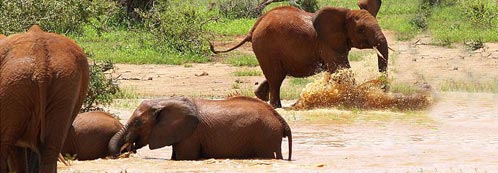Field Notes
January - April 2024
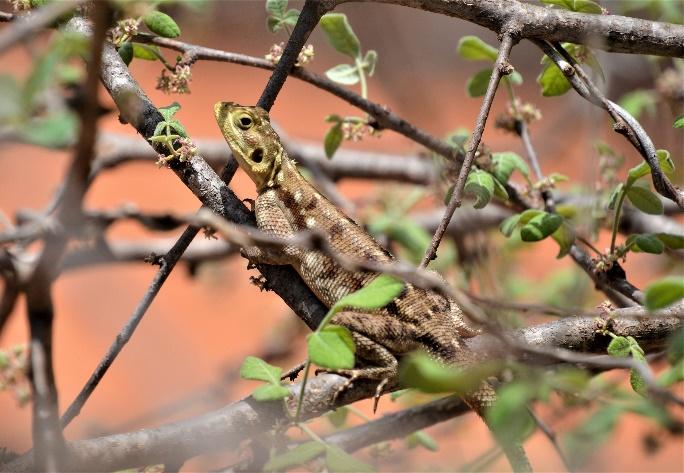
Rains were plentiful between January and April with especially heavy rains in March. During these four months there were abundant resources, food, water and shade for all wildlife. During the rains many large flocks of Barn Swallows, Finches, Quelea, Carmine Bee-eaters and small groups of Eurasian Rollers were in the bull area. In the southern region of the bull area, vines with white, violet and pink flowers were abundant, creating a colorful carpet over the shrubs and grass. Hundreds of Butterflies, Crickets and Dragon Flies emerged in February and March. In April two Giraffes with newborn calves (section of the umbilical cord visible) were together at the base of Mzinga Hill.
Bulls
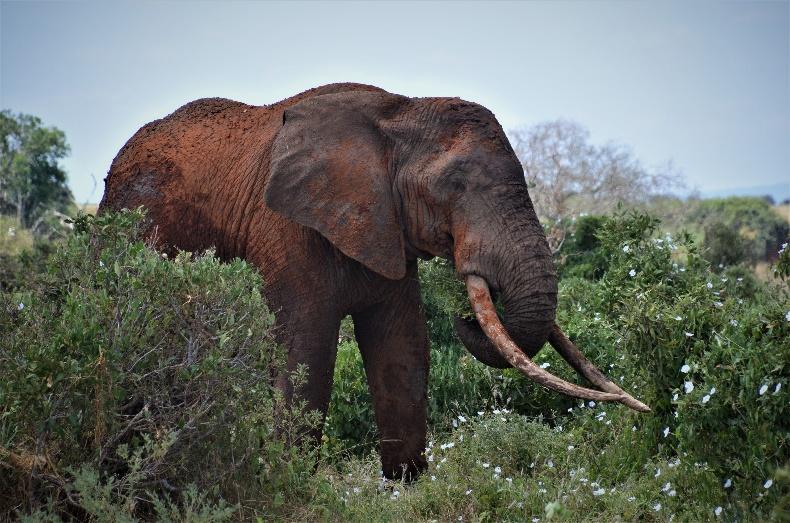
Known bulls were absent from the hills southern bull area during January and February. In February Tweed (featured last year) was still in musth near Voi River west, traveling in a zig-zag pattern searching for estrus females. In March he was near the hills (in musth) sometimes alone but often with family groups. During February and March, Neon (photo right) spent his time along Voi Riverine west and central region with other bulls. Helix, Pewter, Cobalt, Crux, Flint, Pisces, Third, Ra, Wave and Sunray were all in the western bull area. During my many years of field work in Tsavo I’ve never seen a bird on a bull or female back. But, in February and March, for the first time, on several occasions one or two Fischer’s Starlings were perched on a bull’s back; seemingly not disturbing the bull.
Families

Known families were absent from the hills area in January and February. Some of the families had moved northwest: Batik-Azalea, Teak and Dimond. Some families moved to Voi Riverine: Evergreen, Cresent-Nutmeg, Spring and Boscia. In March, several adult females placed vines over their head and neck, draped behind their ears while feeding on vines. I’ve seen this behavior many times with young elephants but not with adults. Maple (photo left), Chestnut and Parsley spent time in the western region before moving to the hills in late April. Heloise-Mango moved to the hills area in mid-March. Summer moved to the hills area in mid-April with a new calf (4-months). The grass was too tall to determine the sex of the calf.
May - Aug 2024
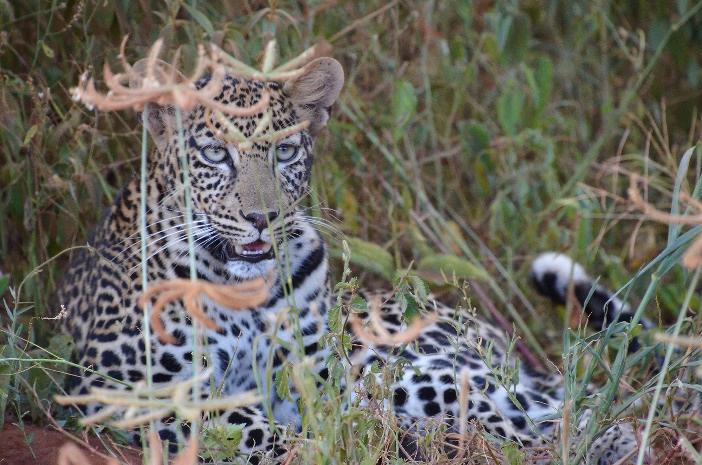
It rained in early May, but with the exception of a few days with showers it was dry in the southern hill area until mid-August. Aggregation of elephants, families and bulls together gathered for several days on the slope of Mzinga Hill. In amongst the elephants were large groups of Giraffe, Eland and Hartebeest. In mid-June the temperature dropped with very strong winds. Elephants flap their ears to regulate their temperature but during June and July, most elephants held their ears close to their shoulders with only an occasional flap. During the last five days of August, the temperature started rising and it rained several times per day. Some plants responded quickly by producing shoots.
Bulls
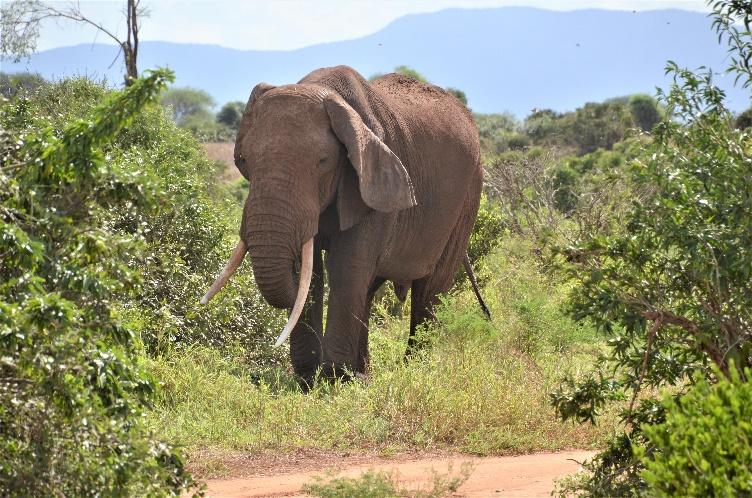
Many bulls were in the southern bull area, during May and June. However, few were close enough to confirm identity except Swift and Rock, both have a broken ear and easy to spot in a large aggregation of 150 elephants on the Mzinga Hill slope. In July Third was at the base of a hill with Nutmeg, two adult females and their offspring. He appeared taller and larger since last year and he had broken his right tusk. Wind, (photo right) was in the central Voi Riverine area in March with four other bulls, all 30 to 40 years old. In early May he was in the southern bull area. He was alone on one day and during the next three days he was in large aggregations, with Swift and families: Summer, Batik and Azalea and Nutmeg.
Families
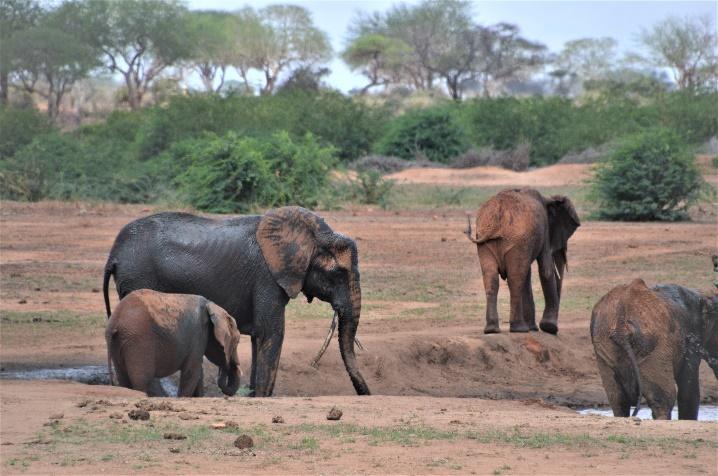
During May and June many families were in the southern hills area where the vegetation was green and small pools retained water. As the grasses began to dry, they moved east to the Voi Riverine. Spring’s five-year-old male offspring had a distinct right ear; top folded forward. In April his left year is now folded forward. Spring is often with many different families: Batik-Azalea, Nutmeg-Summer, Parsley-Maple, but this year she was with several new families. Nutmeg (photo left) was within several large aggregation in May and June. In July she was in the western Voi Riverine area. During the dry season, July and August most families spend time along the Voi Riverine.
Sep - Dec 2024
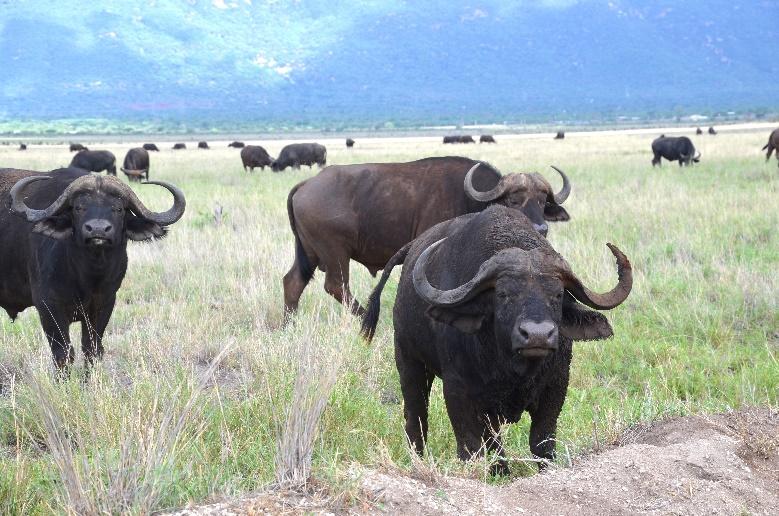
With the exception of a few showers, September and October were dry months. The rains were heavy for several days in a row in mid-November and continued during most of December. Migratory birds arrived in mid-November: small flocks of Eurasian Rollers, Bee-eaters, Harriers, Steppe Eagles and hundreds of Barn Swallows. With the rains hundreds of termites emerged from the soil as did army worms. Plants in Tsavo, a semi-arid environment, grow fast with the rains and many grow and produce shoots during the night. Zebra, Hartebeest, Eland, Impala with one Topi, Gazelle and Giraffe aggregated in large groups through most of December in the Hills area.
Bulls
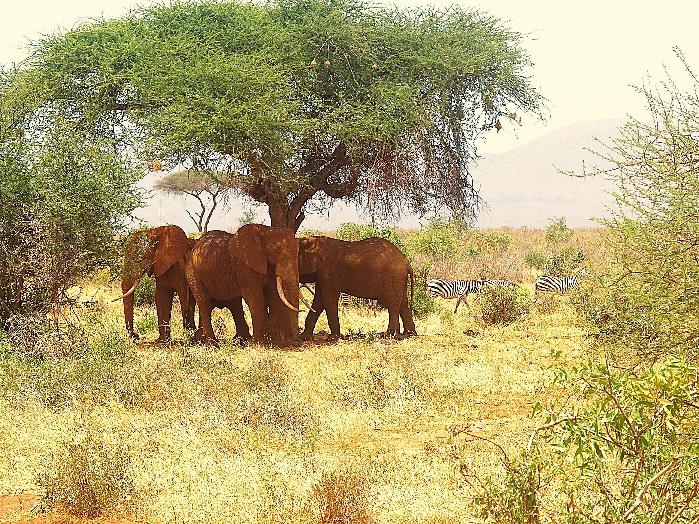
Few bulls were in the hills bull area between September and December and even fewer known bulls. Helix, center photo right was in the Irima area in February with two bulls resting in the shade of an Acacia. Helix is often with Pewter, Hocki and Crux in a bull group. The next time I saw him, in November, he had moved through the hills bull area heading south to Voi Riverine, through bull valley. He was with two other bulls, Third and an unknown bull the same age. The group was following the path of Chestnut & Maple’s family. When the rains started in November and continued through December fewer and fewer bulls were in the Hills bull area. By December almost all the bulls had dispersed to their wet season range.
Families

In contrast to the number of known bulls, many known families utilized the Hills area in September and October: Nutmeg, Bauhinia, Lannea, Batik & Azalea, Crescent and Spring. In early November almost all families known and unknown moved away from the Hills area to their wet season range.
Spring, photo left, stayed in the Hills region until late October, when she left her dry season range. She and her family spent more time in the Hills area compared to previous seasons. In May when I found her in the Hills area, she was with her male calf. I named her calf Curl, because the t of both ears folds forward. When I found Spring and her family in late October, they had moved south to Voi Riverine.
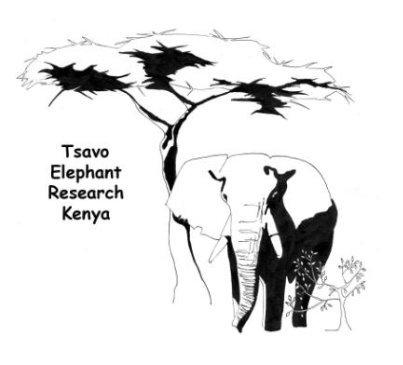
Tsavo Elephant Research Needs Your Help.
Donations are needed to continue this 30+ year field study
and support a Kenyan research field team.
We monitor the behaviors of Tsavo known bulls and families:
group dynamics, offspring & survival, musth cycles and habitat use.
Please click here or on the donate button
to send your donation.
Thank you!
Barbara
